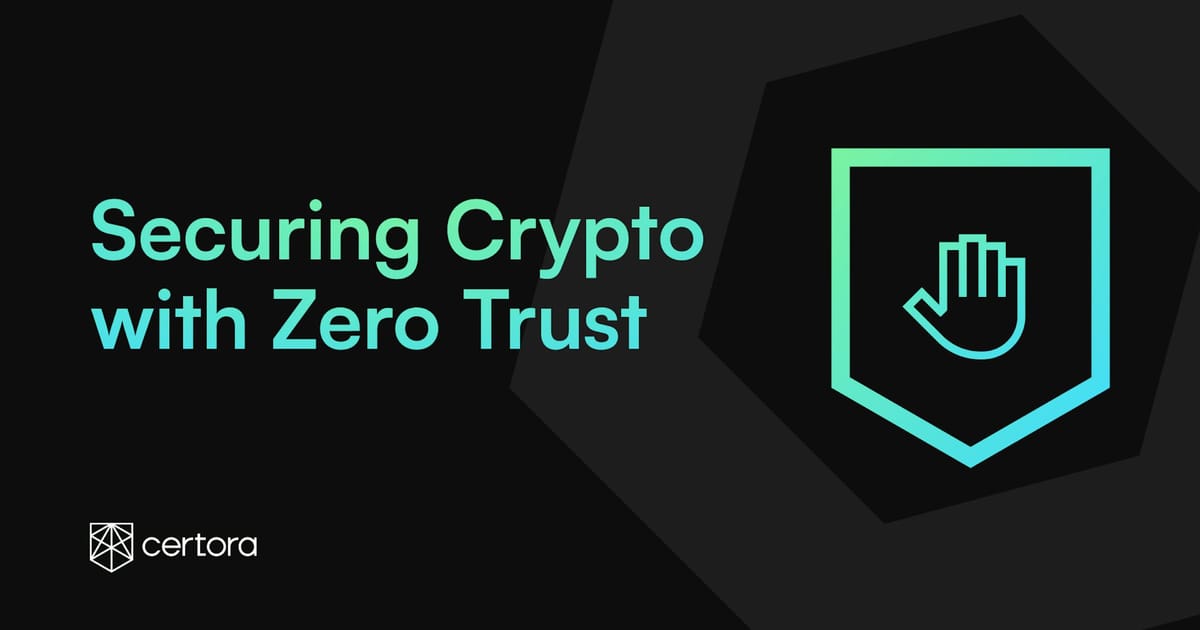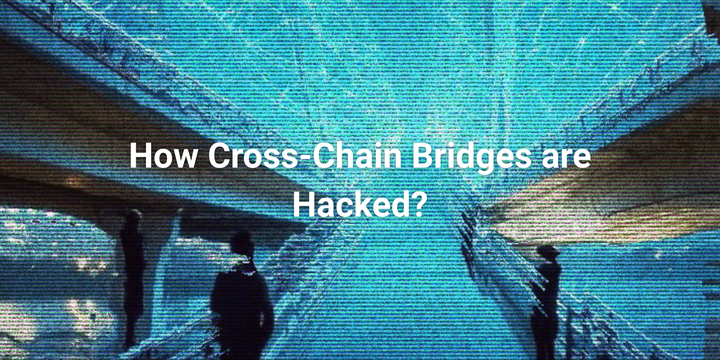Zero Trust Lessons from the Coinbase May 2025 Breach: Why Data Security Can’t Wait

Source: The Shift to Zero Trust - Certora
On May 15, 2025, Coinbase revealed a security incident where attackers exploited weak points in their customer support network. Malicious actors persuaded overseas contractors to sell sensitive customer data, impacting less than 1% of users but exposing a broad range of personal information, including:
- Names, addresses, phone numbers, and emails
- Masked Social Security numbers (last 4 digits)
- Masked bank account details and identifiers
- Government ID images (passport, driver’s license)
- Account balances and transaction history
- Limited corporate documents and internal communications
Social Engineering: The Soft Underbelly of Security
Rather than hacking into well-protected systems, attackers focused on manipulating insiders with access to valuable data. Such social engineering tactics remain among the most common vulnerabilities, as confirmed by CrowdStrike. This underscores a harsh reality: no organization is safe if insiders-malicious or compromised-hold broad access.
Zero Trust Architecture (ZTA): Moving Beyond Perimeter Defense
The incident highlights the urgent need for Zero Trust principles where no user or device is automatically trusted, regardless of network location. Traditional network-based security models are increasingly ineffective with remote work and cloud reliance.
Key tenets of Zero Trust include:
- Preventing lateral movement by limiting what compromised devices or accounts can access. For example, ransomware on one laptop shouldn’t endanger AWS instances.
- Restricting access based on role and data sensitivity, ensuring users see only what they absolutely need.
Coinbase’s breach reveals a clear lapse: customer support agents-especially overseas contractors-had access to overly sensitive data like ID images and transaction details, far beyond their role requirements.
Role-Based Data Classification & Access Control
The best defense is fine-grained data classification and access control, enforced by technology such as:
- Information Rights Management (IRM) from Google Drive or Microsoft Purview locks files based on user licenses and policies that control usage and authentication.
- Platforms with field-level permissions that restrict access within applications, not just at a broad software level.
If Coinbase had implemented strict, role-specific permissions within their customer support tools, the attack’s impact would have been dramatically reduced.
Why This Matters for Web3 Projects
As Web3 apps and DeFi protocols aim for mainstream adoption, they must embrace established operational security practices. Institutional investors and everyday users demand strong assurance that their data and funds are safeguarded.
The Coinbase incident is a stern reminder: data security is paramount. Adopting Zero Trust, data classification, and fine-grained access controls isn’t just best practice-it’s essential to building trust and protecting Web3's future.


